What might we do if we had a new, electron-donating equivalent element?
I’m always very happy to read about new methods of introducing fluorine atoms into organic molecules, because (like most medicinal chemists!) I consider the element an old friend of mine. Back before I started doing drug research, I would have considered that a very strange thing to say, though.

That’s because fluorine has a nasty reputation that is absolutely earned. I have never worked with fluorine gas itself, for example, and very much wish to avoid doing so. The story of its discovery is a list of famous scientific names who were poisoned, injured, and/or blown across their labs while trying to isolate the stuff. It is extravagantly toxic and so reactive that it tends to set all sorts of materials on fire that one normally considers fireproof. And as it reacts in moist air, it produces clouds of hydrogen fluoride – itself a serious and immediate threat to any living creature, not to mention to all the furnishings in the room. Even its innocuous-white-powder salts like sodium fluoride can be dangerously toxic. So how can one develop any affection for an element that seems set on killing you?
Well, like the fabled criminal godfather, fluorine makes you an offer you can’t refuse. Several offers, actually. Switching hydrogen atoms for fluorines can dramatically change the properties of your starting substance while hardly changing its size and shape at all. Its extreme electron-withdrawing effect will totally change the polarity landscape of the molecule, and the strength of the C–F bond makes them almost impervious to being metabolised by those pesky enzymes in the liver. The solubility and stability of a drug candidate as well as its affinity for its protein target (and anything else it might bind to) will almost certainly undergo sudden changes after fluorination, and all too often sudden changes are exactly what we need.
Failing to investigate fluorination effects in a drug discovery project is close to malpractice
It’s been that way for quite a while. On one of my first project in the industry (over thirty years ago now) I found myself using xenon difluoride to introduce a timely F atom. That was an exotic reagent back then, and who am I kidding? It’s an exotic reagent now, too. It comes as colourless, easily-evaporated crystals in a small white container of (what else?) fluoropolymer plastic, and since I caught a whiff of the stuff, I feel obliged to describe it for the vast majority of people who will never encounter it. But ‘oddly penetrating’ is all I can come up with; I did not linger over its bouquet, since I was certain that it was doing me no good to experience it. But I would recognise it again after all these years, of that I am certain.
So if you look at the structures of the most widely prescribed drugs that have emerged in recent decades, you will find plenty of fluorine atoms sprinkled across them. The ever-wider variety of reactions to introduce them has, of course, helped with this. At the same time, the number of commercially available fluorinated building block compounds has increased hugely. By this point, failing to investigate fluorination effects in a drug discovery project is close to malpractice.
What a wonderful thing it would be to have an element that did the reverse! Same size, same ability to attach to carbon atoms, but powerfully electron-donating instead of withdrawing. Trying to imagine how that would be possible under the laws of physics will give you a headache. It’s best to bypass that explanatory line of thought completely. But the things we could do with it! Is this fair? Huey Lewis wanted a whole new drug, and all I’m asking for is one new element.
In this universe, though, we chemists will have to be content with fluorine and what it can do for us. And I will have to be content with my memories of the smell of xenon difluoride, since I’m not going to go out of my way to smell it again. It was distinct in the way that all fluorine compounds are, part of a slightly alien order that we have learned to negotiate with. A great deal of good has come out of those interactions (and certainly harm as well, starting with the persistence of some fluorinated compounds in groundwater and in the atmosphere). May the balance continue to tilt towards the good!



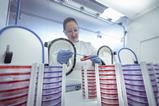

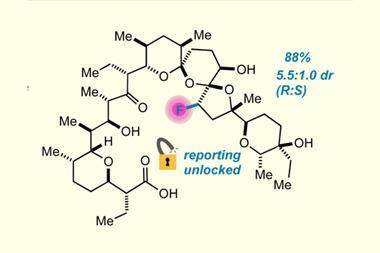
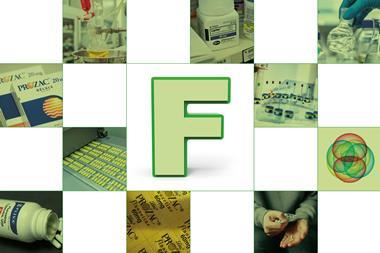
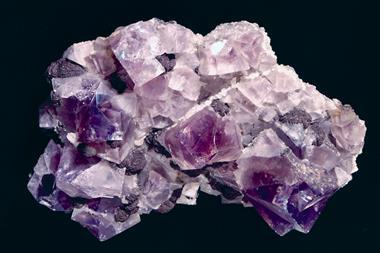
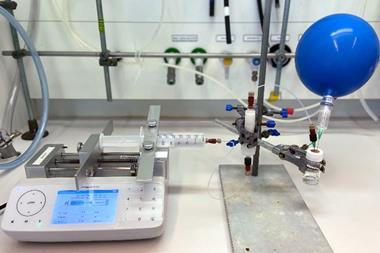
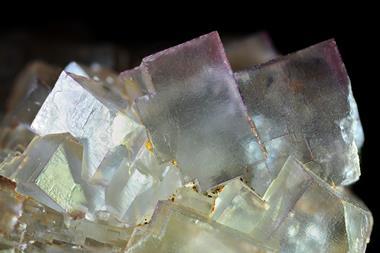
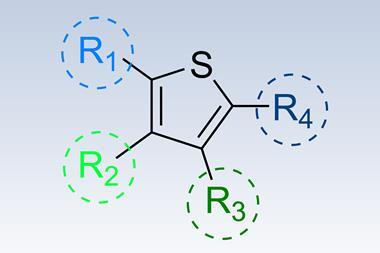


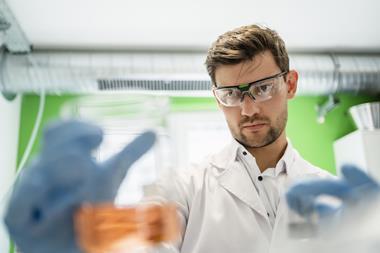



No comments yet